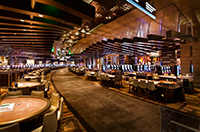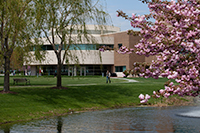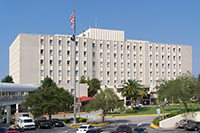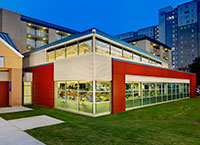view all Case Studies
Empire State Building Drives Down Lighting Energy Use
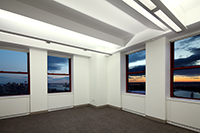
The Empire State Building (ESB) is undergoing a buildingwide retrofit to improve energy efficiency and financial performance as part of the Clinton Climate Initiative’s Building Retrofit program.
December 12, 2012 -
Lighting
The Empire State Building (ESB) is undergoing a buildingwide retrofit to improve energy efficiency and financial performance as part of the Clinton Climate Initiative’s Building Retrofit program. The project is designed to reduce the building’s energy use by 38 percent and energy bills by $4.4 million a year, while also preventing 105,000 metric tons of greenhouse gas emissions over the next 15 years.
ESB’s pre-built tenant spaces offer companies turnkey solutions for building out offices that exactly meet their needs. ESB’s goals for the energy retrofit of these spaces include:
1. Enhancing performance while reducing renovation costs.
2. Reducing the cost and time required for future tenant improvements.
3. Not compromising on tenant service and comfort.
4. Adopting solutions that integrate and interoperate with other building systems.
Energy and financial savings are critical as older buildings like ESB are converted to new, sustainable standards. Lighting uses the majority of electricity in a typical commercial building (39 percent of annual electricity use) and a considerable amount of building peak loads (30 percent of peak electricity use).
To provide lighting control for pre-built tenant spaces throughout the 1930s pre-war structure, Lutron Electronics solutions were selected, including occupancy/vacancy sensors that turn lights off when spaces are unoccupied, daylight dimming controls that adjust light levels based on available daylight and wireless components for easy retrofit and minimal disruption.
The resulting integrated product solution, including both wireless and digital controls, is expandable throughout ESB, and is repeatable in virtually any commercial office building. With the adoption of Lutron control solutions, the installed payback period for lighting controls was reduced from 6 years to 2.75 years.
Next
Read next on FacilitiesNet









